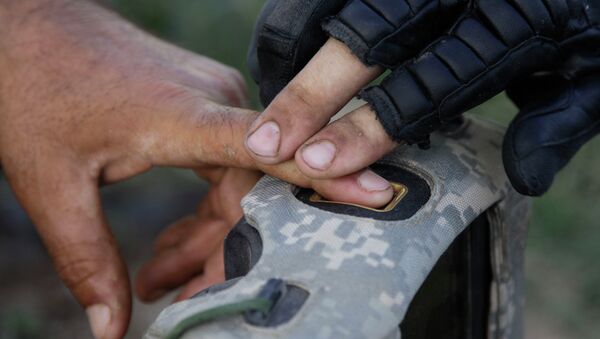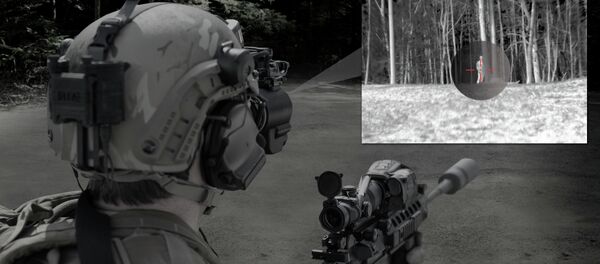"It's a groundbreaking, game-breaking technology," said Michael S. Fitz, manager of the Sensitive Site Exploitation Special Reconnaissance, Surveillance & Exploitation program at US Special Operations Command.
The operators feed in a DNA sample, and the reader compares it against a database that matches DNA to identities. They can return a result in 90 minutes, a process that used to take weeks.
"In the past, when we captured DNA, the guy would put it in an envelope, send it back to the States and two or three weeks later, he would get a result on who it was that he had. By then, he moved on to other missions and he had forgotten who the guy was," Fitz said.
The devices will be used for verifying the identity of targets, either before raids or after the fact. But because the program is so new, Fritz said, "we're saving it for the juicy missions."
Osama bin Laden's identity was confirmed through DNA testing. In the future, special operations teams may be able to use rapid DNA readers in the field to identify all of their targets.
At some 60 pounds, the devices are not wieldy. And at price tag of about $250,000 each, they are not cheap either.
Ultimately, Fitz wants to equip special ops members with a sturdy, battery-powered DNA reader the size of a cell phone, which will allow them to "collect DNA right there on the site," he told DefenseOne. It should connect to a database to allow verification on location as well.
That type of device would "require a major lift" in technology, and even then, would not be available for field-testing until 2019 or 2020, according to Benji Hutchinson, of MophoTrust, a company that markets one of the DNA readers.
Shrinking the technology is just one obstacle to a hand-held DNA matching system. Growing the database of DNA samples to match against may be the most critical aspect to the success of the device.
"Right now the database is a criminal database: US people. We haven't been collecting DNA, in part because it’s been a cumbersome and lengthy process to do that. There was no reason for the units to go out and collect DNA because the results were so slow," Fitz told DefenseOne.
He described the DNA database as "not robust; not populated with the people we're interested in."
Fitz hopes that actively populating the database – as US forces did in Afghanistan, using a device to take fingerprints, iris scans, and photos of people with whom troops came in contact – will result in similarly rapid improvement.




